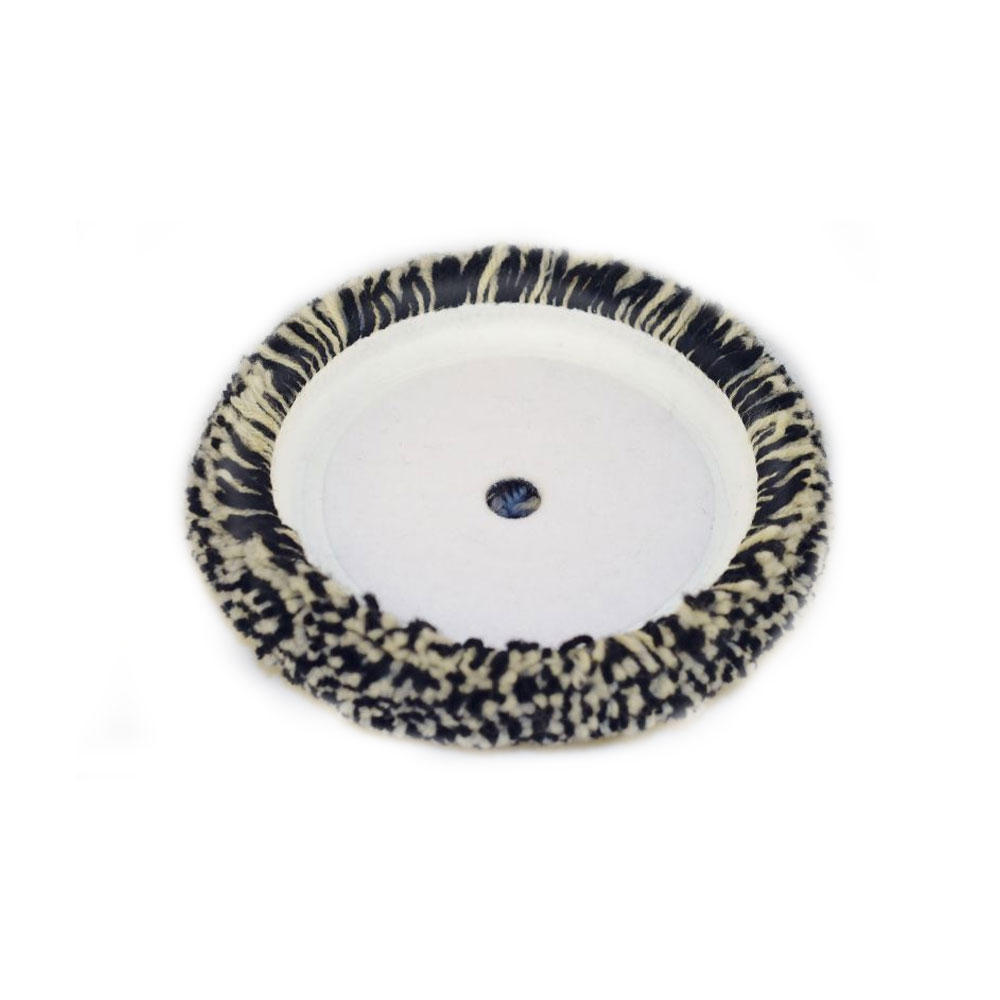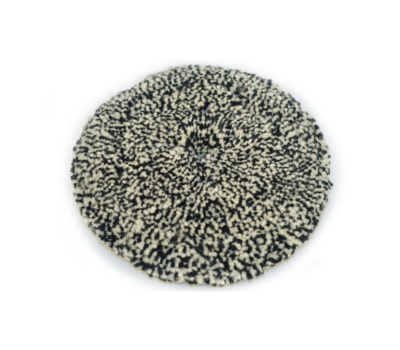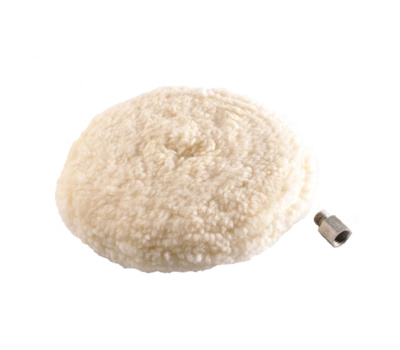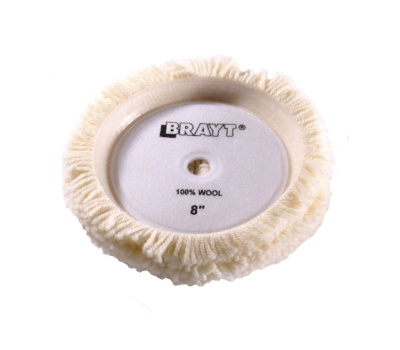One-sided heads from the Long Life series are made of 100% premium natural sheep wool. They are characterized by high wear resistance – this means that the pad is more efficient than traditional furs, which means it can be used longer without the need for replacement.
They do not discolor – the product is resistant to discoloration, which means it will not leave stains on polished surfaces. Twisted strands – ensure consistent work across the entire surface without the risk of surface damage. Larger diameter and maximized fiber density – this product provides a larger polishing surface and optimal performance. Flexible base and soft rounded edges – facilitate work on highly profiled surfaces.
An ideal tool for polishing tool coatings, PU varnishes, and lacquers.
| Size | Color | Polishing heads recommended attachment | Code |
|---|---|---|---|
| ∅ 200 mm | white - black | Universal – ∅150 | 300010151 |

| Dedicated polishing paste | recommended | optional |
|
|

The heads from the Long Life series are made of 100% premium natural sheep wool.

Double-sided polishing wool is made from 100% natural wool. Ideal for removing scratches and mates

One side polishing wool made from 100% natural wool. Ideal for removing scratches and mates
Sea-Line yacht paints are designed for painting the surface of boats and yachts made of various materials, e.g. laminate, wood or steel. We do not have a certificate of the National Institute of Hygiene, which would allow the use of yacht paint to paint the tank with drinking water.